Torrey Pines State Reserve
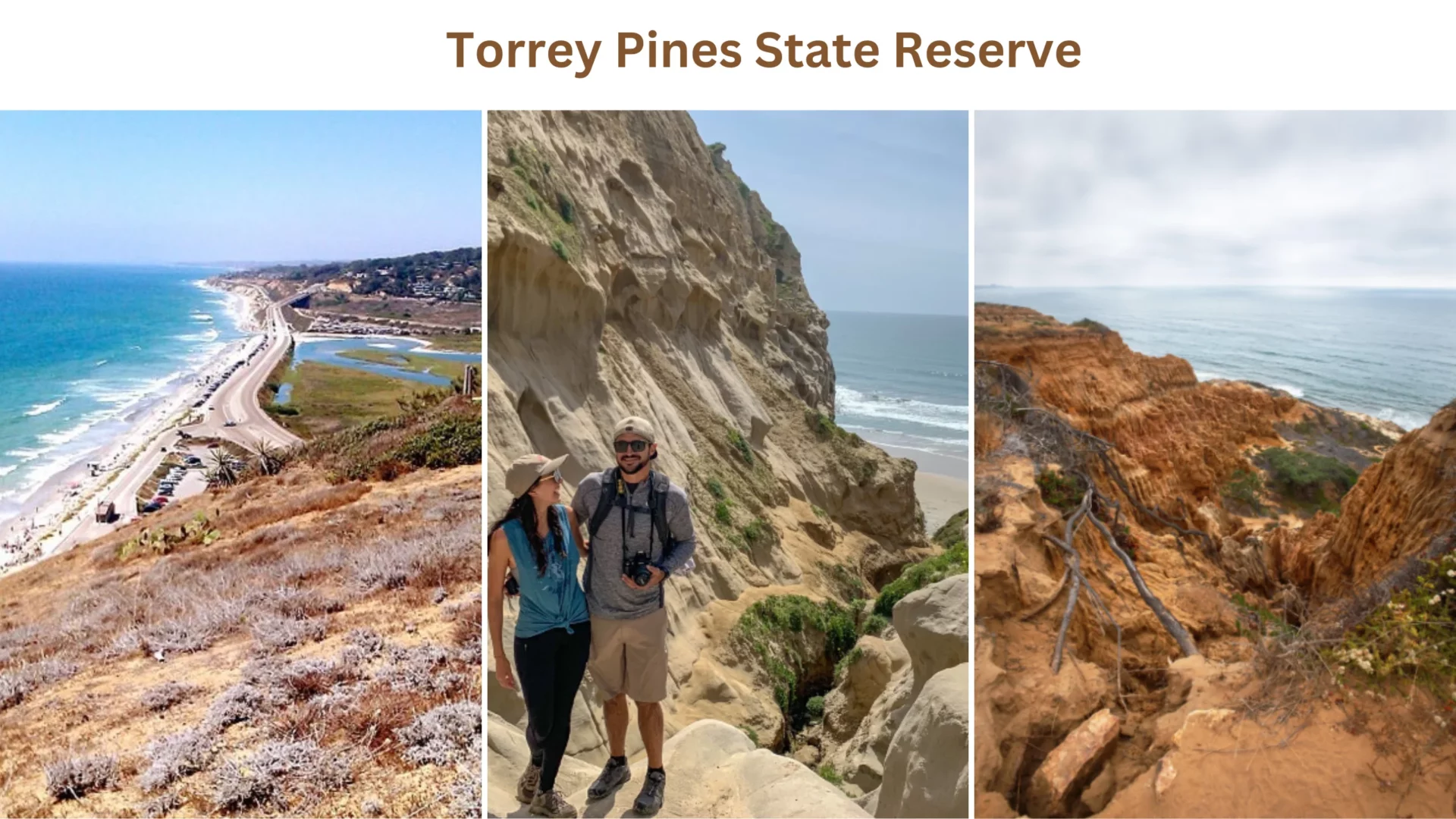
Torrey Pines State Reserve is one of the last truly natural areas along the Southern California coast. The chaparral plant community, rare and magnificent Torrey pine trees, miles of unspoilt beaches, and a lagoon crucial to migrating seabirds has all been preserved because of the efforts and forethought of the people in this area. What California may have looked like to the first inhabitants, the Kumeyaay, the Spanish explorers, and early immigrants is easy to envisage.
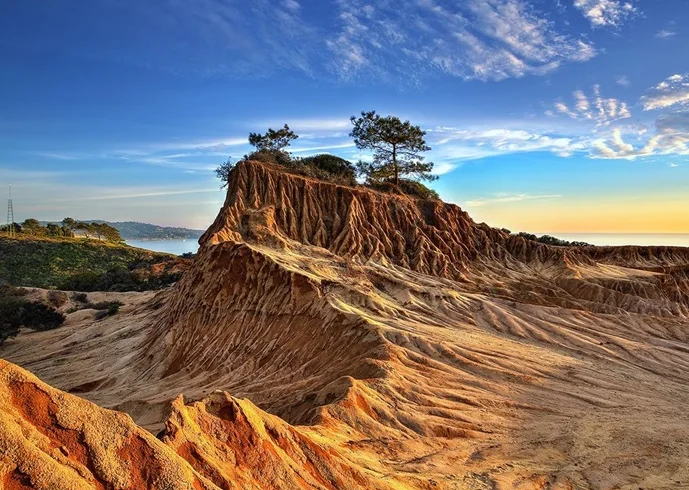
There are eight miles of trails, a visitor centre, and guided hikes on the weekends and holidays. Torrey Pines is a popular destination for tourists and locals alike, who come here to relax at the park’s breathtaking vista points, stroll along one of its tranquil trails, or exercise in a pristine natural setting. Read this page, and then head to the stunning Torrey Pines State Natural Reserve. Extra measures have been made to ensure its safety and longevity.
Sightings Of Wild Animals In Torrey Pines Park


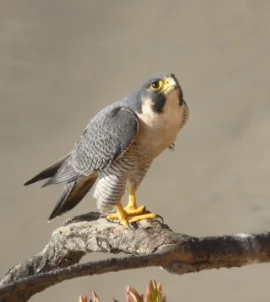
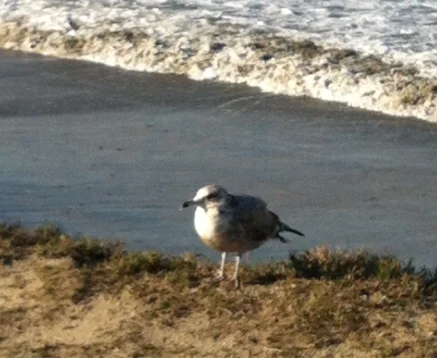
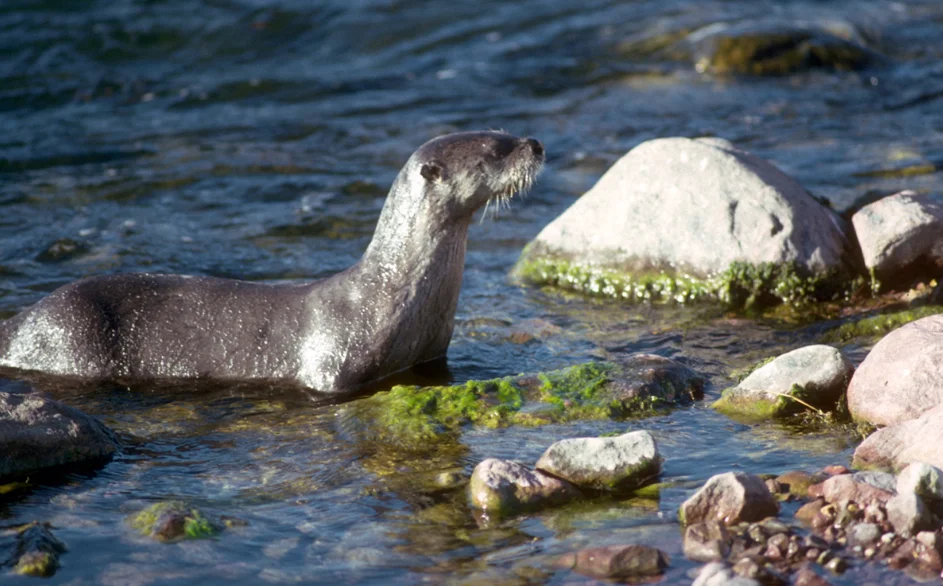
Observing wildlife is thrilling whether you’re an experienced adult or a kid with fresh eyes. Torrey Pines, California, is home to a diverse array of avian, insectivorous mammalian and reptilian species. However, they do tend to scatter if the paths are heavily used.
Birds
The Reserve is one of the few salt marshes that still exist; many birds call it home. The most likely animals for you to see are different kinds of birds. Watch out for the red-tailed hawk that appears to be circling in the air as it stretches its wings to four feet to catch the rising air currents. Or, keep your eyes on the ground in the hopes of spotting a California quail, which builds its nests on the ground.
Mammals
The Reserve is home to mostly nocturnal or otherwise human-unfriendly mammalian species. Thanks to their waste, footprints, and den locations, the park has learned about them. Two creatures that are frequently seen and are more used to humans are cottontail rabbits and California ground squirrels.
The black-tailed jackrabbit lives on the flatlands and open areas around the lagoon. Occasionally, mule deer, sometimes known as blacktail deer, can be spotted grazing in the Reserve’s tranquil lowlands. Consider yourself lucky if you happen to witness one. These creatures prefer to hide out in dense vegetation during the day and hunt at night.
Trails At Torrey Pines State Reserve
The Torrey Pines State Reserve has several interesting pathways that highlight the area’s abundant natural beauty. The Guy Fleming Trail provides hikers with stunning vistas of the seashore as well as opportunities to see rare plant species. Hikers are rewarded with breathtaking sights at the High Point Trail’s end, leading to an elevation overlook. These paths give hikers a once-in-a-lifetime opportunity to be immersed in the Reserve’s breathtaking scenery while walking.
Guy Fleming Trail
Distance: 0.6 mile | Elevation Gain: 66 ft | Loop
It is the first trail you’ll come across from the park’s main entrance. As the shortest and flattest trail in the area, Guy Fleming Trail is ideal for beginners. This trail’s simplicity belies its stunning scenery. Two spectacular lookout sites along the route overlook the roadway and the water below.
High Point Trail
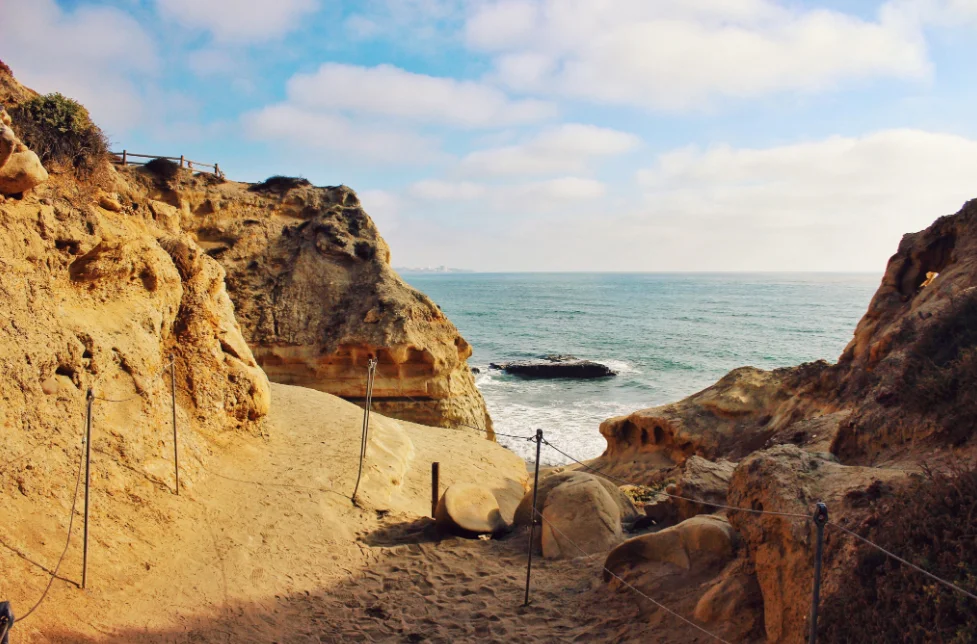
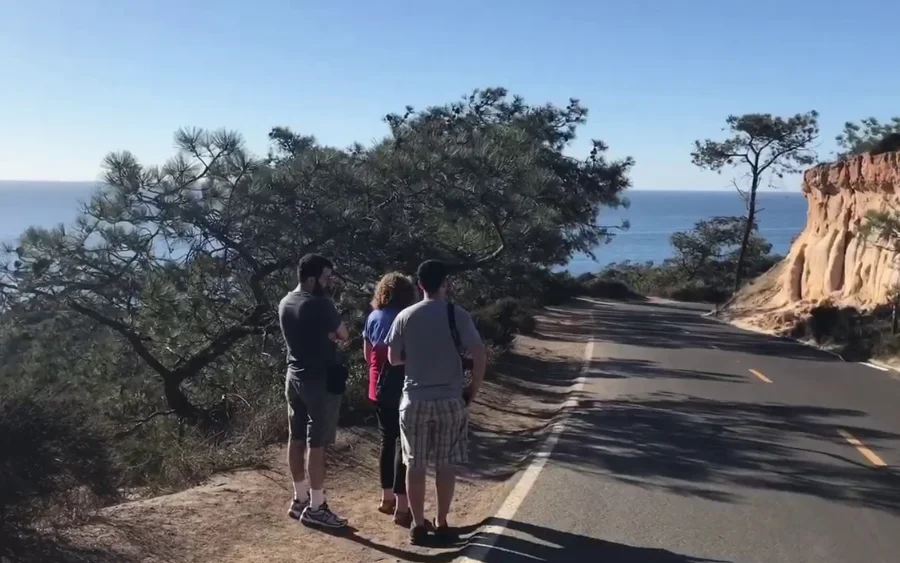
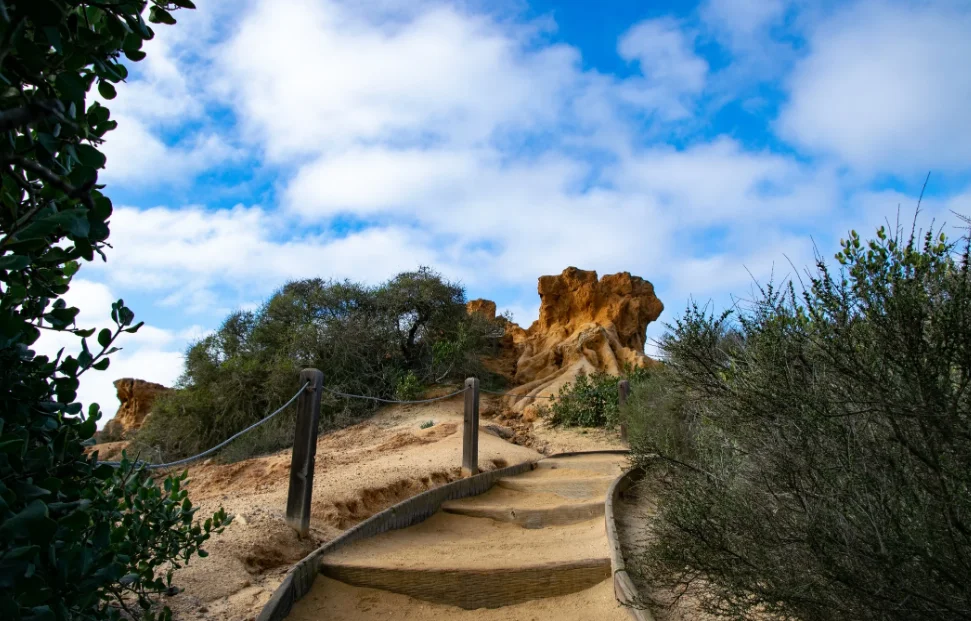
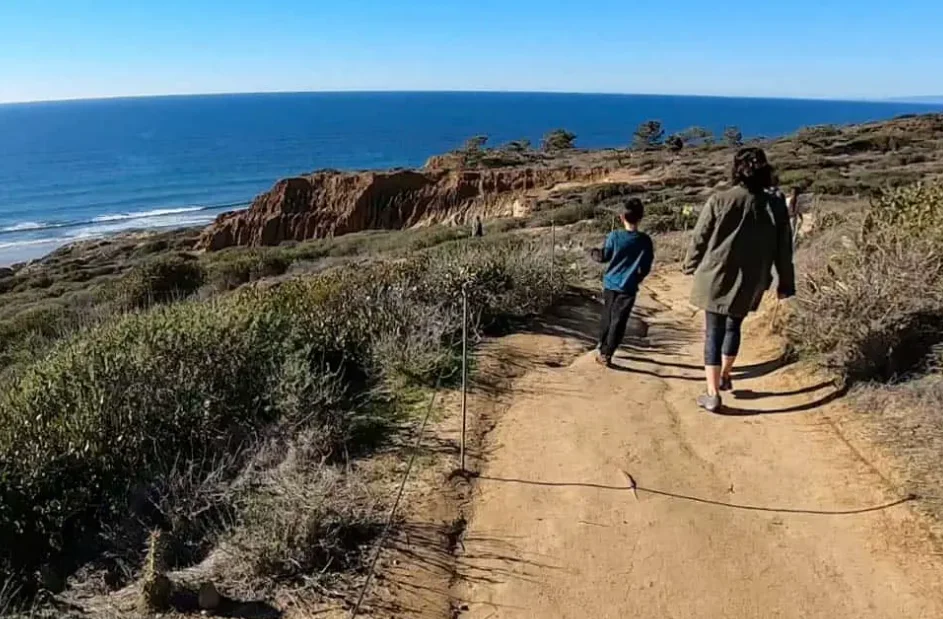
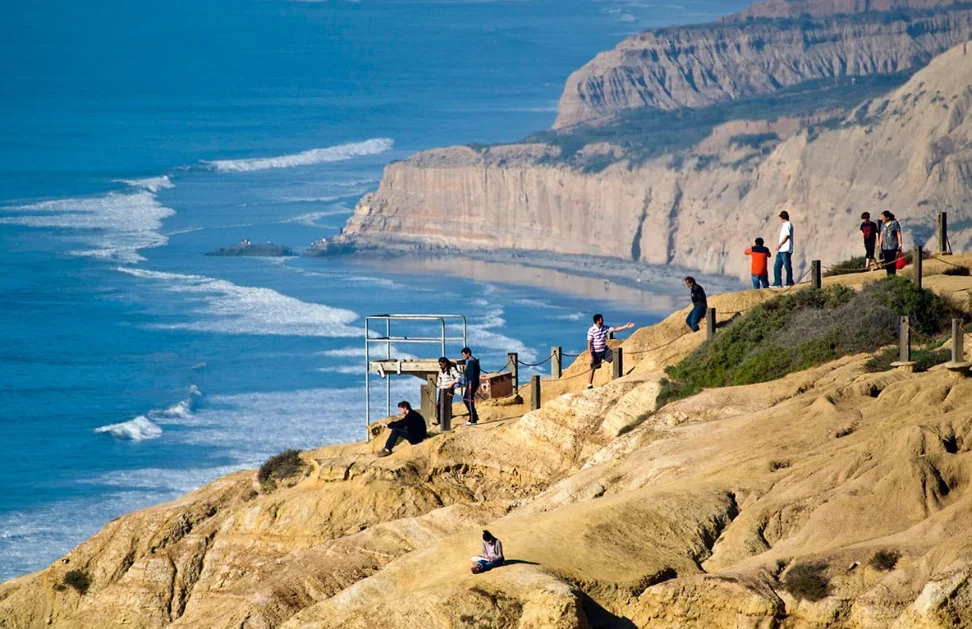
Distance: 100 yards | Elevation Gain: 39 ft | Out & Back
It is the only route found on the left side of the major paved road and is only a few hundred feet long. A very little flight of stairs takes you up to a modest viewpoint. Because of the tree canopy, the views from this vantage point are not quite as impressive as those from further up. It is the track that we dislike the most.
Address: 12600 N Torrey Pines Rd, La Jolla, CA 92037, United States
Departments: Torrey Pines Lodge Parking
Open–Closes: 7 am-5 pm
Phone: +1 858-755-2063
Email: sd.specialevents@parks.ca.gov
Area: 8.094 km²
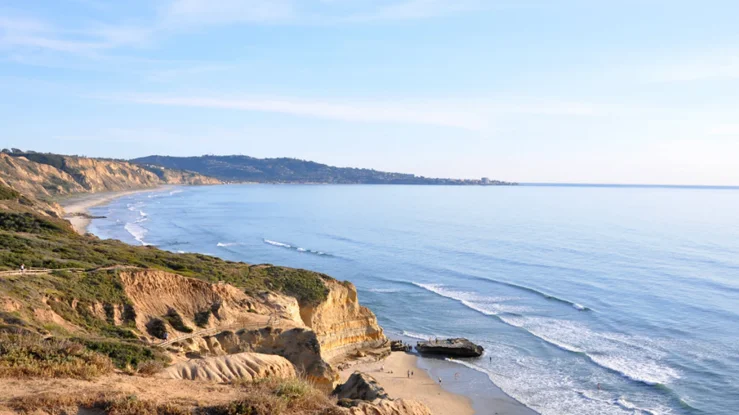

You must be logged in to post a comment.